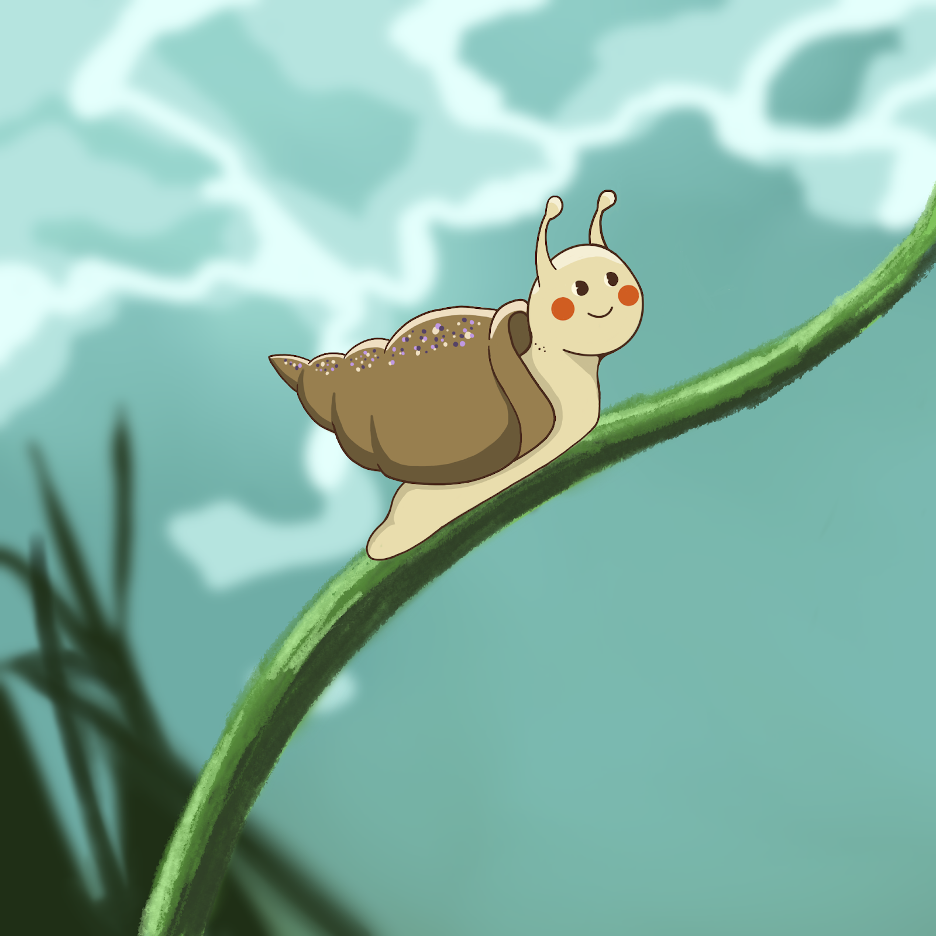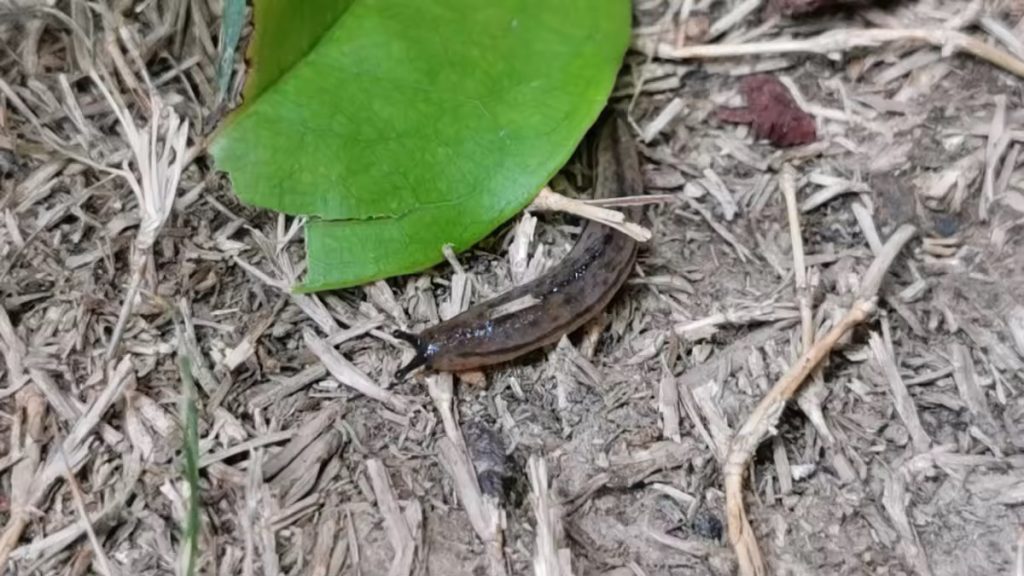
Protected: The Spiders Would Like A Word With You: Cartoon by Beth Wolfensberger Singer
Cartoon by Beth Wolfensberger Singer Note from the Editor: The following is a cartoon that appeared in the Boston Globe. Our thanks to the artist, Beth Wolfensberger Singer for allowing us to post it on TES. Beth Wolfensberger Singer has been a regular cartoonist for the Boston Sunday Globe Ideas section for the past 10…

Protected: Preventing Bird Strikes: Seeing Through Birds’ Eyes
Article by Daisy Zhang, photo by Ethan Long, CC BY-SA 2.0, via Wikimedia Commons Near my home in Beijing, there is a tall building with 90 per cent glass coverage. Last fall, when I walked around the east side of the building on a morning, I found a stiff brown bird lying on the ground, with eyes…

Oysters are Our Friends
By W. George Scarlett, Image via Internet Archive Book Images Oysters lying side by side,Keeping back the ocean’s tide.Slurping food from water’s yuckThen spitting back where yuck gets stuck.Cleaning up the estuarySo fish might live and children swimAs shores keep their shorelines trim,And wonder comes to tarry.

Salt Marsh Periwinkle Poem
By W. George Scarlett, Illustration by Angelina Lewis Salt marsh periwinkle safe when tide is out.But tide’s now rolling in with blue crabs all about.Up goes periwinkle climbing smooth cordgrass.Now those hungry blue crabs will have to swim on past.

Make Your Own Periwinkle Snail Habitat
By Leah Harrigan, image via Carolina Wildscapes (Adobe Stock) Children can see and feel the magic of ecosystems by creating a “Periwinkle Snail Habitat” using common household materials. This hands-on project will help them understand the role of snails in our environment while having some fun along the way. Materials Large glass or plastic container…

A Journey of Life with Snails and Slugs
By Fangfang Xiao, translated by Qin Shu One morning, after a rain, teachers Yue and Qi found a small mollusk, without a shell, climbing on the osmanthus tree. They quickly drew children around and sparked a discussion. The next day, Zhou brought a book called Life Story in which everyone found the answer to the…

